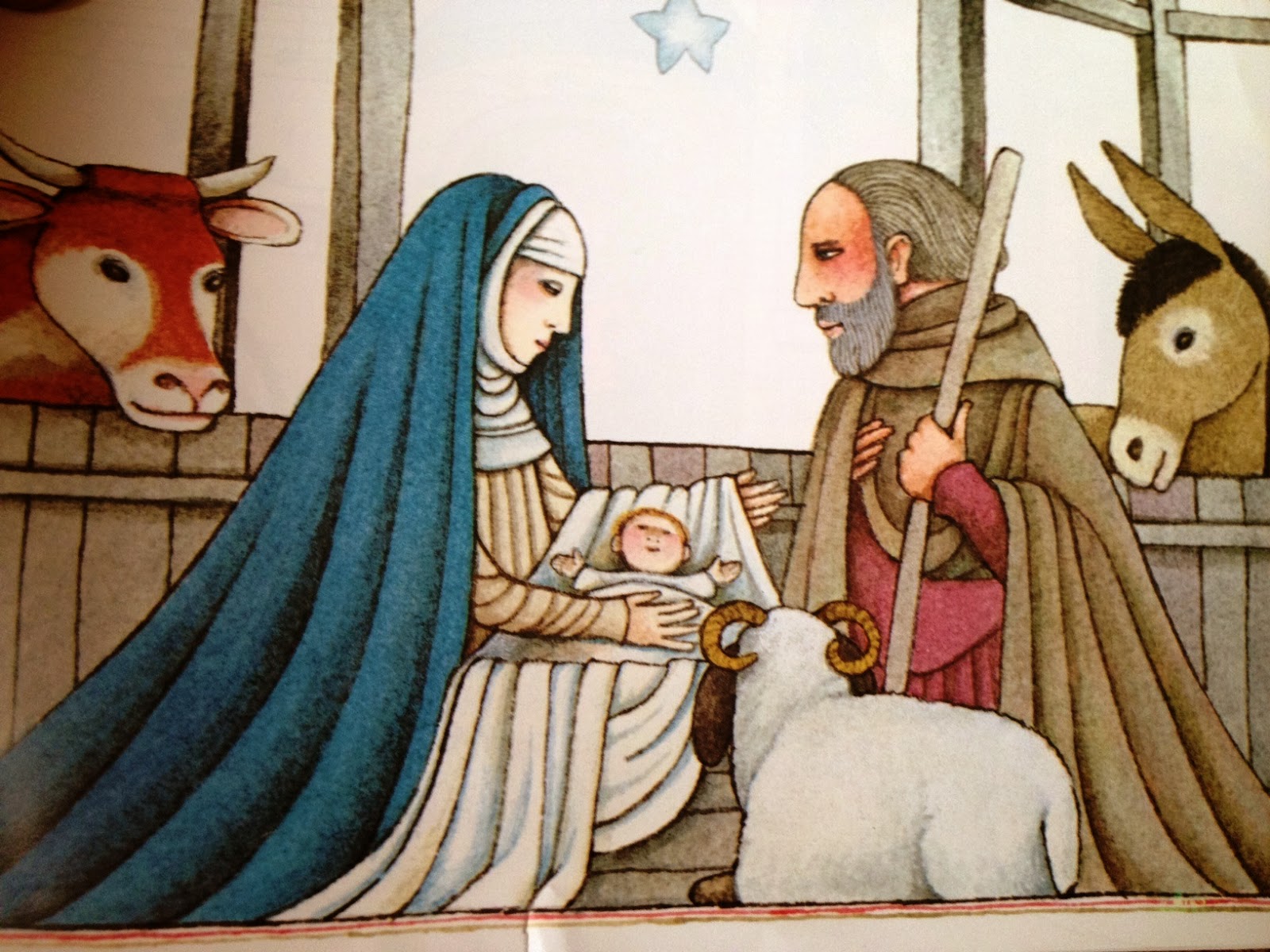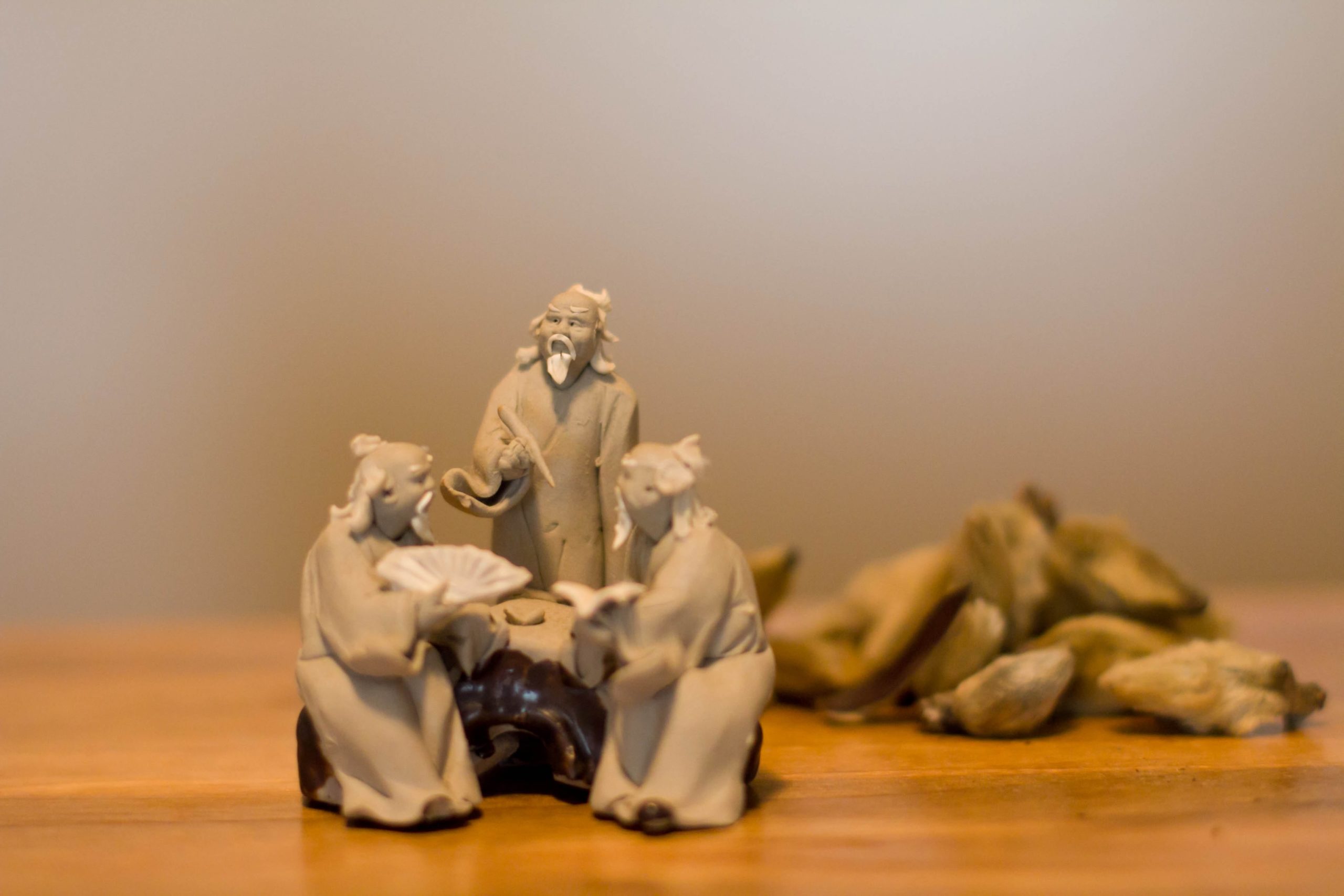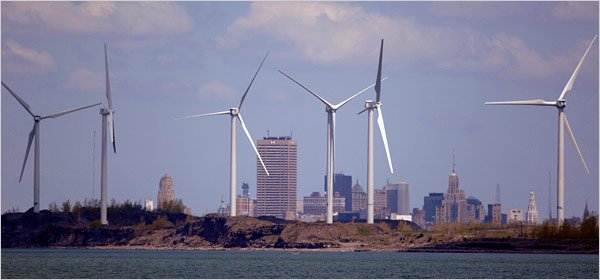Traditional Chinese Medicine is natural. That is pretty easy to understand. Many patients come in to see us because that’s what they seek – a medical approach that has less side effects and less interventions than Western allopathic medicine. In other words, an approach that is more “natural”. Many people have a wish to live as naturally as possible, and acupuncture may be part of that approach. Hopefully, other natural ways to live are also part of that approach, such as eating organically, moving the body more with gentle exercise (like qi gong or yoga), eating less processed foods in general, and enjoying more quality time with friends and family.
Another thing about Chinese Medicine which is interesting is that it is naturalistic. By that, the body is closely related to nature. Healthy physiology, pathology, and nature are all interconnected and can be understood through the prism of yin-yang, the relative balance we all carry within ourselves and see in the natural world around us.
Today I wanted to talk briefly about the element of Wind.
Here we are in Buffalo, and it’s hard to imagine at times a more windy place. The winds are constantly buffeting our little house and sometimes I feel that the big bad wolf is outside our door trying to get in.
If we break down the ancient character for wind, we see that it is the origin (fan) of insects (chong). The idea is that insects are born in the wind. Perhaps to the ancients the insects seemed to “blow in” (fly) along the wind. Today, the “insects” that are born in the wind are pathogenic “bugs” (bacteria and viruses) that make us sick.
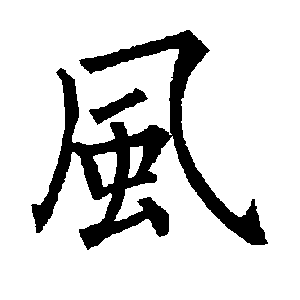
Wind is something to be avoided. In the “Ling Shu” (the Spiritual Pivot, a famous classic Chinese medical text), is the quote “the sages avoided the winds like avoiding arrows and stones”.
In Chinese Medicine, the body has a kind of defensive barrier surrounding it, what we might consider the immune system. But wind can blow past it very easily – especially if the person is sick. In the system of acupuncture, the points traditionally had ancient names, which evoked something of the sense of the function of that point. In the neck area that are three important points all with the name of “wind” in them. “Wind Pool”, “Wind Palace” and “Wind Gate”. The ideas are that these are places that the Wind can sneak in and pool, gather, reside, or be released.
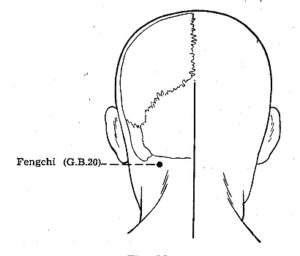
The entire back of the body is called the Greater Yang, or Tai Yang. It is the more superficial part of the body, the first layer like the surface of an onion. Because of this, it’s the first to be affected negatively by pathogens that sneak in. There is an entire herbal treatise on this topic, called the Shang Han Lun, which sets a lengthy description of how cold enters the body and what happens when it progresses deeper into the body, gradually making a person sicker.
If you get sick from a cold, the idea in Chinese Medicine is that a cold pathogen snuck past your defenses. Depending on the main symptoms a person is feeling (body ache, headache, fevers, runny nose, etc) there are different approaches to take to help you get better. You want to release the pathogen, and usually that is done through sweating.
Because the body pores are open during sweating, one thing you’ll want to be very cautious of it going outside where more wind and cold can sneak into the already open and weakened body. When a person is sick, they should be very careful of this. If you must go outside while sick, dress very warmly and cover especially well the wind points along the neck and back.
The morale of the story is to appreciate the long history of wind’s negative influence on the body, especially in the winter. One should dress sensibly, wearing warm scarves to cover these three “wind points” on the neck as well as cover the Tai Yang part of the body – the back. It would also be a smart time to avoid drinking iced beverages. In the winter, our family only drinks warm beverages. Water is best served warm, like a moderate tea, in the cold weather. There are many simple, common-sense ideas like this that we will be sharing over the winter months in our blog, newsletter, and social media.
In our clinics, we have a tendency to try to warm people in the cold months. We have heated tables, a TDP heat lamp for the feet, belly, or painful areas of your body, and we often do moxa, a needle heating technique. If appropriate, we may suggest an herbal formula too.
Wind may blow the turbines and bring a kind of cleaner energy to our region, but it is something that our bodies cannot process easily. Guard against the wind and you will be in better health for it. See you in the clinic or community!
